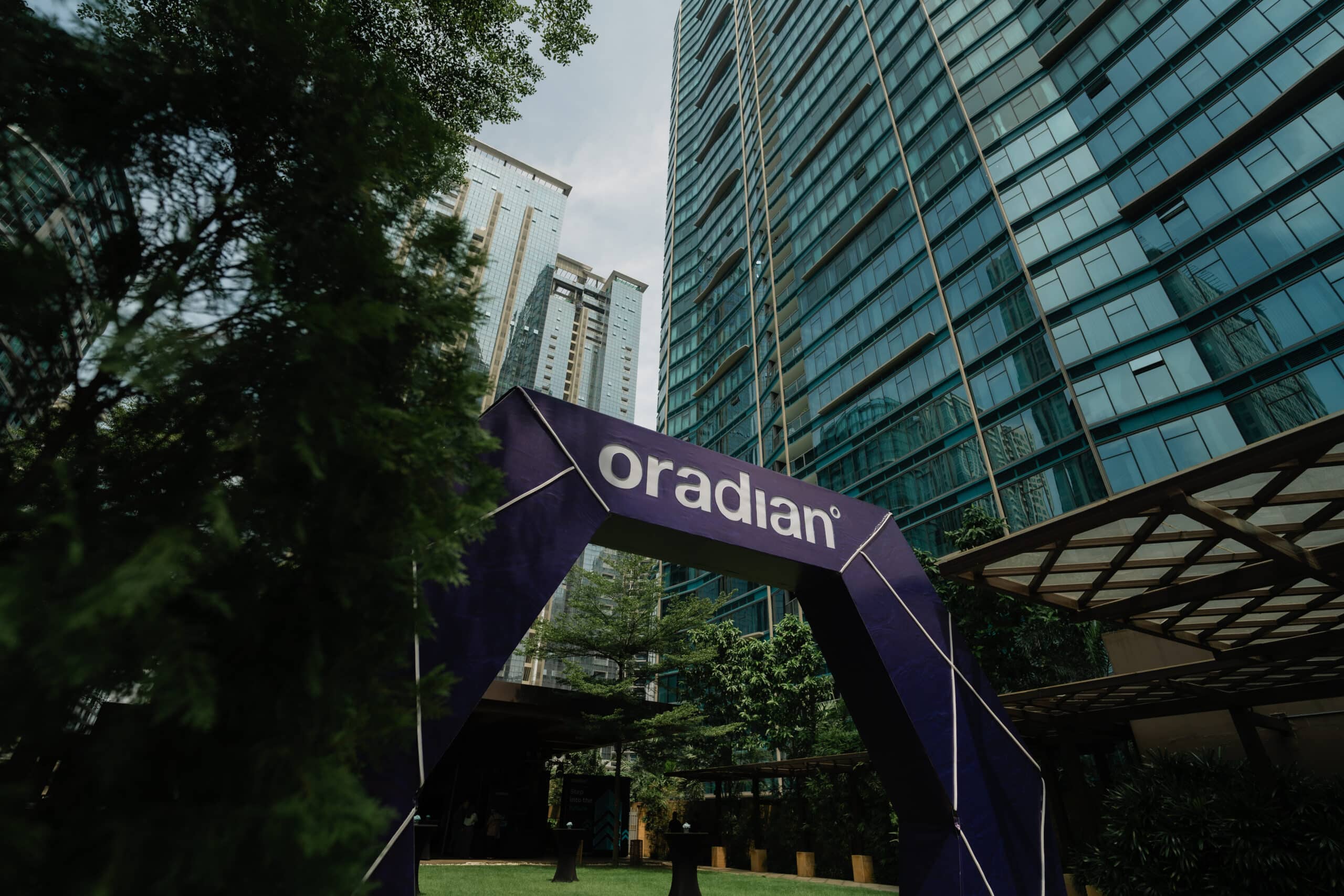The rise and growth of financial technology as a facet of everyday life has prompted a greater awareness of data security and regulatory compliance, as consumers begin to better understand how, why, and when their data is being used.
This means data security has taken on a new imperative as it becomes something your customers don’t just expect, but demand.
But keeping your customers’ data safe and secure isn’t just about having the right security infrastructure – it’s also about promoting cultural change and a better understanding of the urgency of security within your organisation.
Here are five simple tips to follow to ensure your banking and lending systems are secure.
1. Understand your connections and infrastructure
The complex financial services ecosystem means every financial institution, from the largest tier-one bank to the smallest start-up, has multiple integrations with other organisations and third-party software.
All these connections open many potential threat vectors – weak points in the security architecture that could be exploited by malicious actors.
A robust security strategy starts by identifying all the potential vulnerabilities in your technology infrastructure – and those of your third-party providers. If you’re investigating new partners to link up with, make sure they have reliable and demonstrable security protocols.
2. Keep up with the regulators
It’s difficult to keep track of changing regulations so maintaining awareness and a link with the regulators is essential. That way you won’t be caught out by new rules, or by a poor understanding of existing ones.
For instance, one survey found that 64% of fintech firms failed to meet the European Union’s GDPR compliance rules, either because they didn’t understand how to follow the rules, or simply did so inadequately. Here, a lack of regulatory awareness can have major consequences.
In some markets, fintech start-ups are regulated less rigorously than traditional financial institutions, so if your organisation falls into the former category, make sure you’re following the strictest possible security protocols – it will benefit you in the long-term!
3. Respect customer data
The most successful financial organisations have a culture of treating their customers as people, not simply as numbers in a database or names in a list. All of us want to know our data is safe and secure and not being used or abused for nefarious purposes.
Failing to respect customer data can be fatal to a financial institution. The potential damage done by a data breach is incalculable: it can destroy your reputation with consumers, lead to massive financial costs, and create serious legal and regulatory consequences.
In fact, IBM’s 2022 Cost of a Data Breach Report revealed the average cost of a breach for financial services is now an astonishing USD 5.97 million, demonstrating just how urgent proper data security is.
4. Adopt a security-first culture
One of the main causes of data breaches is human error. According to IBM’s report, mistakes and negligence are the cause of around 21% of breaches, with phishing attacks designed to trick or mislead people into revealing sensitive information are among the main vectors of attack, responsible for 16% of breaches.
The main human-led causes of data breaches are email mis-delivery, weak password security, inadequate security updates, and poor access control. Teaching your staff to follow simple steps like regularly updating their passwords and not sharing sensitive information in emails is a good way to reduce the impact of human error.
5. Get a core banking system that works
Although eliminating human error entirely is impossible, adopting a cloud-based core banking system can remove many of the risks by automating previously manual processes.
One of the major benefits of a cloud-based core banking system is that the providers take the burden of maintaining and securing server infrastructure away from you. This means you can focus on your core business while a team of software, regulatory and market experts are working behind the scenes to ensure your system meets the most up-to-date security and compliance requirements.
Furthermore, a system like Oradian’s operates three separate servers designed to protect your data from malicious attacks and accidental or environmental damage. It’s a tried-and-tested system that adds an extra layer of security.






